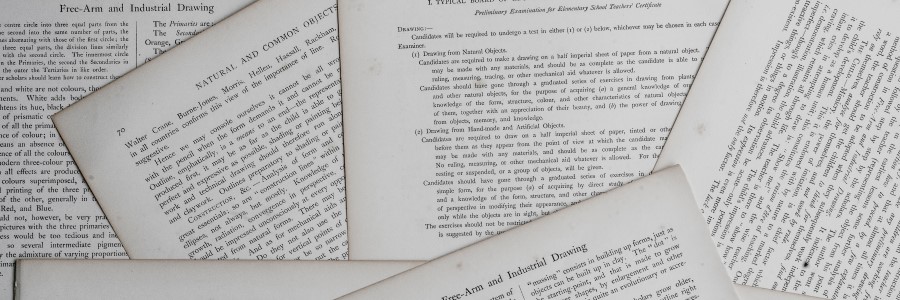Owning a Mistake

I was recently executing on one of my least favorite parts of custom software development, a large dataset migration and transformation. There are many reasons why I do not enjoy this type of work that we will save for another time. While performing this work, I made a couple of mistakes in scripts that were applied to production. While yes, they were mistakes, I did not believe either rose to the level of a database snapshot restore; however, the resulting dataset would require cleanup. At this time in the discovery, there were many avenues I could have taken. While all of the options were valid, I decided to lean into the relationship I have with the stakeholders before moving forward.
Once I understood the issues, the first action was to have a face-to-face conversation with the primary stakeholder. During the discussion, I explained what happened and how the data issues would be presented to the users within the software. The goal was to share who was impacted and what inconvenience they could encounter while using the tool. Once the user experience was well understood, I thought the next most important discussion was to talk through our remediation options. In these situations, I did not want to waste valuable time discussing all the specifics of a remediation option. What I wanted to convey was the high-level option with the associated pros and cons. Enough information for the stakeholder to understand the idea and why it may be the best option of those presented. With the remediation options discussed, the stakeholder and I then chose our preferred choice to move forward with. We were then at the most important part of the exchange, putting the plan into action.
Now, there is nothing special about this particular occurrence in the workplace; this happens every single day. I could have easily said nothing and fixed the data issues. I could have done nothing about it, too. Had I chosen another path, I would have sidestepped a main topic in many of my posts, maintaining the relationship. Instead, I started the face-to-face interaction with an apology and took accountability for my actions. In the first couple of sentences, I conveyed that I would own the resolution to completion, showing the stakeholder I am fully present in this working relationship. As I resolved data issues, I would immediately send a message to the stakeholder informing them of progress and reminding them what remains on the remediation list. Once all the data issues were resolved, I called the stakeholder to confirm that everything they were seeing was good and that no new issues were reported during this time. As we were parting ways, I again apologised for causing the issue and the loss of productive time.
Did the trust in me waver a bit from the stakeholder? I'm confident that trust was lost when I reported the data issues. However, my accountability for what happened and my promise to resolve the data clawed some of the trust back. I am confident that a situation like this will happen again in my career. I will not hide from it, I will own it and move forward.
Next time you find yourself in a situation where mistakes were made. Do not go hide away. Stand up, take it on the chin, and do what you would like others to do if the roles were reversed. Everyone knows life gets messy and that we are all human. Hiding from mistakes does not make life any less messy. Often, when the mistakes are discovered, instead of being discussed, life becomes even messier.